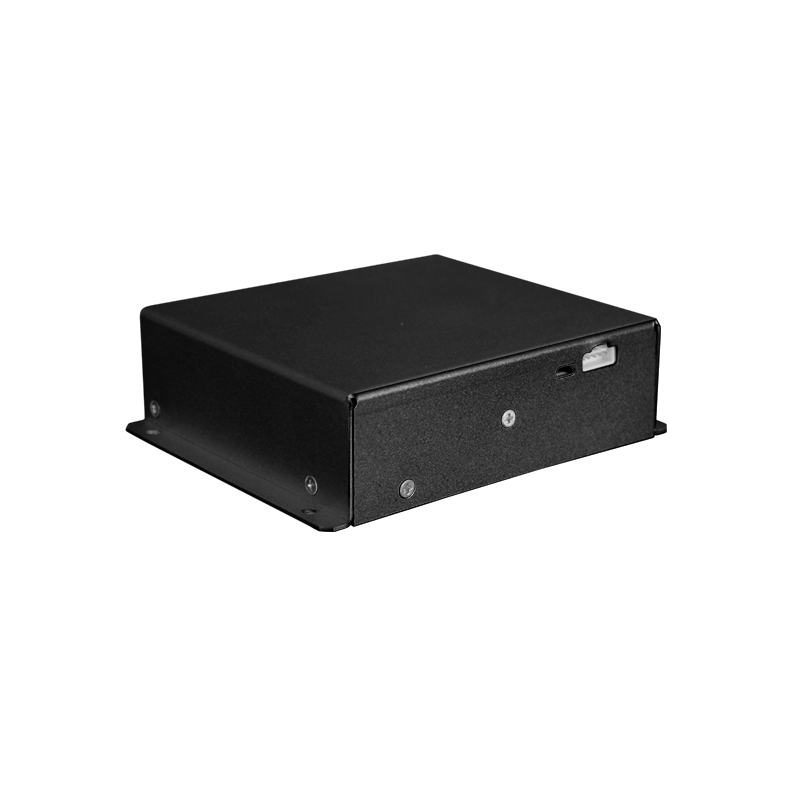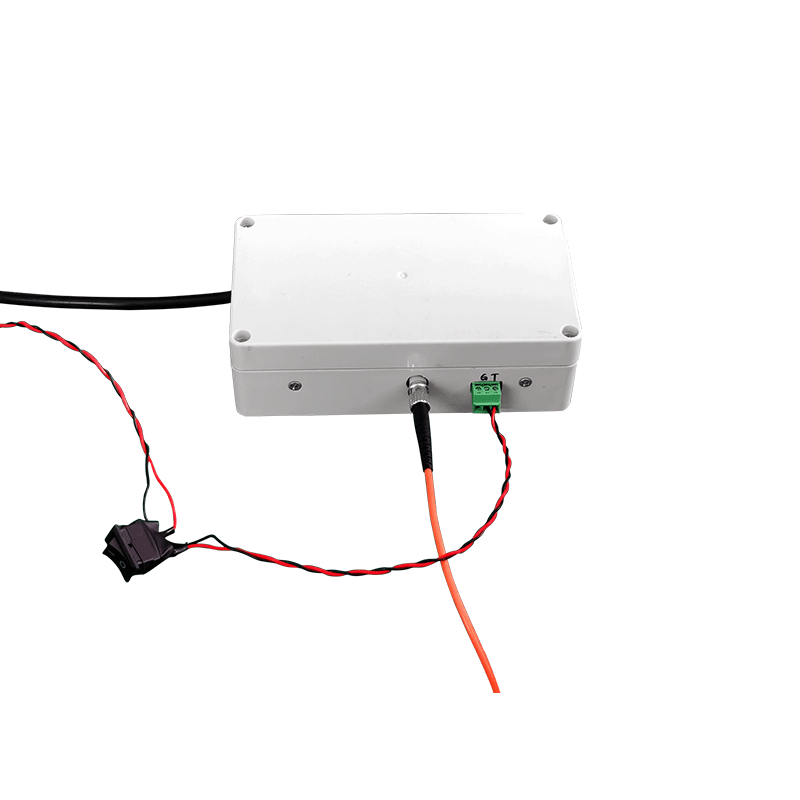Stability of High-Voltage Power Supplies in Ion Accelerators: Technical Challenges and Solutions
Ion accelerators, as core equipment in scientific research and industrial applications, rely critically on the stability of their high-voltage power supplies. These power supplies generate precise electric fields to accelerate ion beams, controlling particle energy distribution and spatial trajectories. However, minor fluctuations in the power output can cause ion beam energy dispersion, focus deviation, and even experimental data distortion. Therefore, achieving high stability in high-voltage power supplies is a key challenge in ion accelerator technology.
1. Core Impact of Stability on Ion Beam Performance
1. Precise Control of Energy Distribution
The kinetic energy of ions in an electric field follows \(E = qV\) (where \(q\) is ion charge and \(V\) is acceleration voltage). Insufficient voltage stability (e.g., fluctuations exceeding ±0.01%) significantly broadens the ion beam’s energy distribution, reducing experimental resolution. For instance, in medical heavy-ion accelerators, energy deviation must be controlled within 0.2 mm positioning accuracy; otherwise, tumor targeting precision is compromised.
2. Spatial Trajectory Stability
High-voltage power supplies control ion beam focus through electrostatic lenses. Voltage fluctuations distort the electric field morphology, causing beam divergence or deviation. In particle accelerators, such deviations may lead to beam collisions with the tube walls, damaging equipment or corrupting data.
2. Key Technical Metrics for Stability
1. Voltage Precision and Ripple Coefficient
High-precision power supplies require output voltage errors ≤ ±0.1% and ripple coefficients (AC components) below 0.01%. This demands high-precision voltage feedback systems, such as real-time monitoring circuits based on digital signal processors (DSPs), to dynamically compensate for voltage drift.
2. Transient Response Capability
During abrupt load changes (e.g., ion source activation/shutdown), the power supply must recover steady-state output within milliseconds. For example, combining PID controllers with fuzzy logic algorithms can enhance response speed and suppress oscillations.
3. Core Factors Affecting Stability
1. Control Loop Design Deficiencies
Improper loop parameters (e.g., gain, phase margin) can cause system instability. Issues like transformer leakage inductance and parasitic capacitance may trigger resonance, necessitating optimized magnetic component design (e.g., reduced leakage inductance, low-loss cores).
2. Load and Environmental Interference
Load Characteristics: Dynamic load variations (e.g., beam intensity fluctuations) require strong anti-disturbance capabilities.
Environmental Factors: Temperature increases can induce component drift (e.g., capacitor value changes), while electromagnetic interference may couple into control signals. Solutions include multi-stage shielding and thermal management systems (e.g., air/liquid cooling).
4. Technical Pathways to Enhance Stability
1. Application of Digital Regulators
Dedicated digital regulators use high-precision AD converters and feedback algorithms for closed-loop voltage control. Their programmability allows adaptive algorithms to dynamically adjust outputs based on load changes, limiting long-term drift to within 0.05%.
2. Redundant Protection and Reliability Design
Multi-Layer Protection: Overvoltage, overcurrent, and short-circuit protection circuits prevent fault propagation.
Modular Design: Supports hot-swapping of critical components (e.g., power modules) for improved maintainability.
3. Electromagnetic Compatibility (EMC) Optimization
Filter circuits (e.g., π-filters) reduce output ripple, while metal shielding layers isolate external electromagnetic interference, ensuring stability in complex environments.
Conclusion
The stability of high-voltage power supplies underpins ion accelerator performance. Breakthroughs require multidisciplinary innovations in circuit design, control algorithms, and thermal management. Future advancements in digital regulation and AI-driven predictive maintenance will steer power supplies toward ultra-precision, high reliability, and adaptability, empowering particle physics research, medical applications, and industrial processes.




















